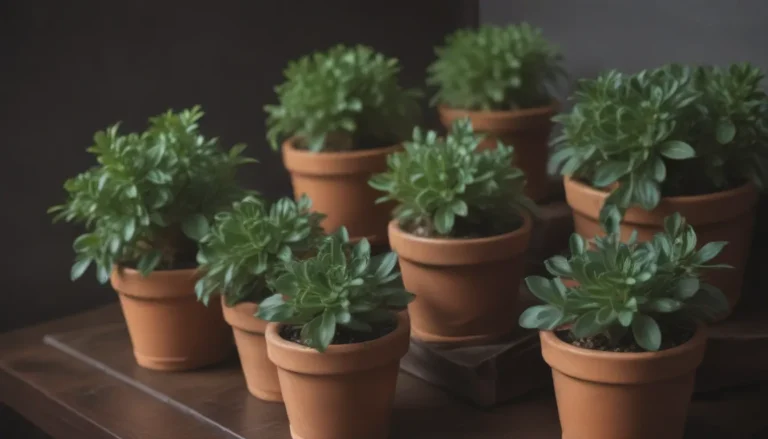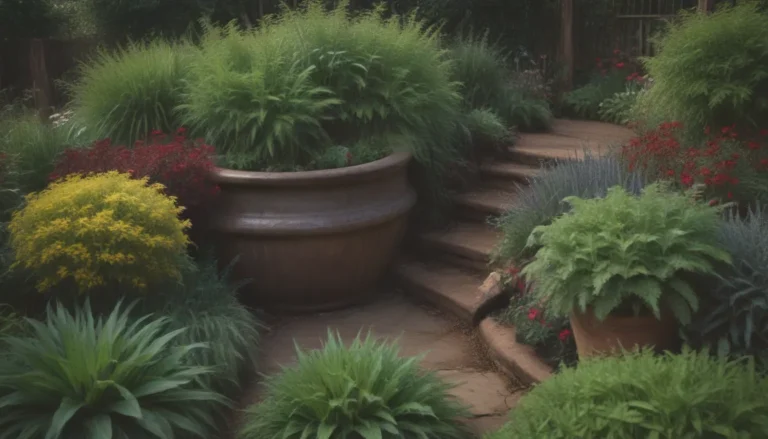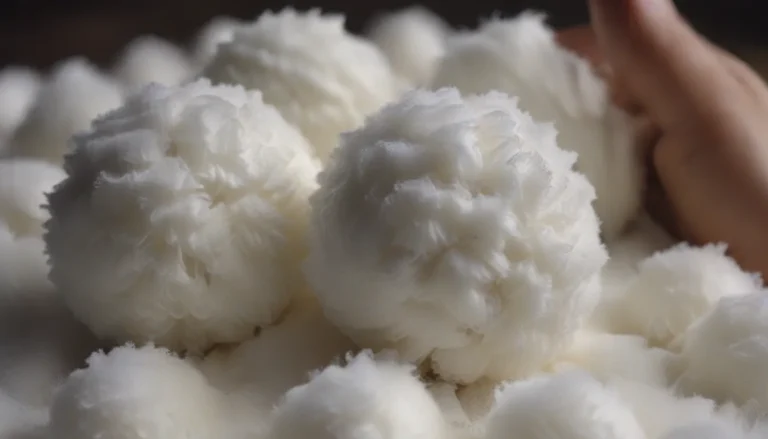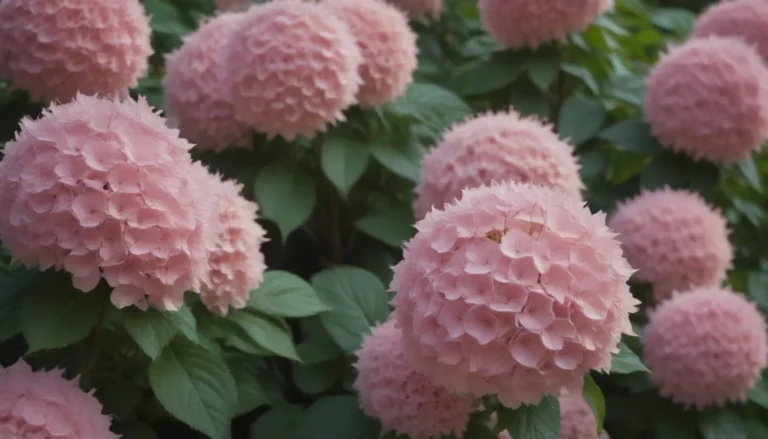The Ultimate Guide to Indoor Gardening Systems
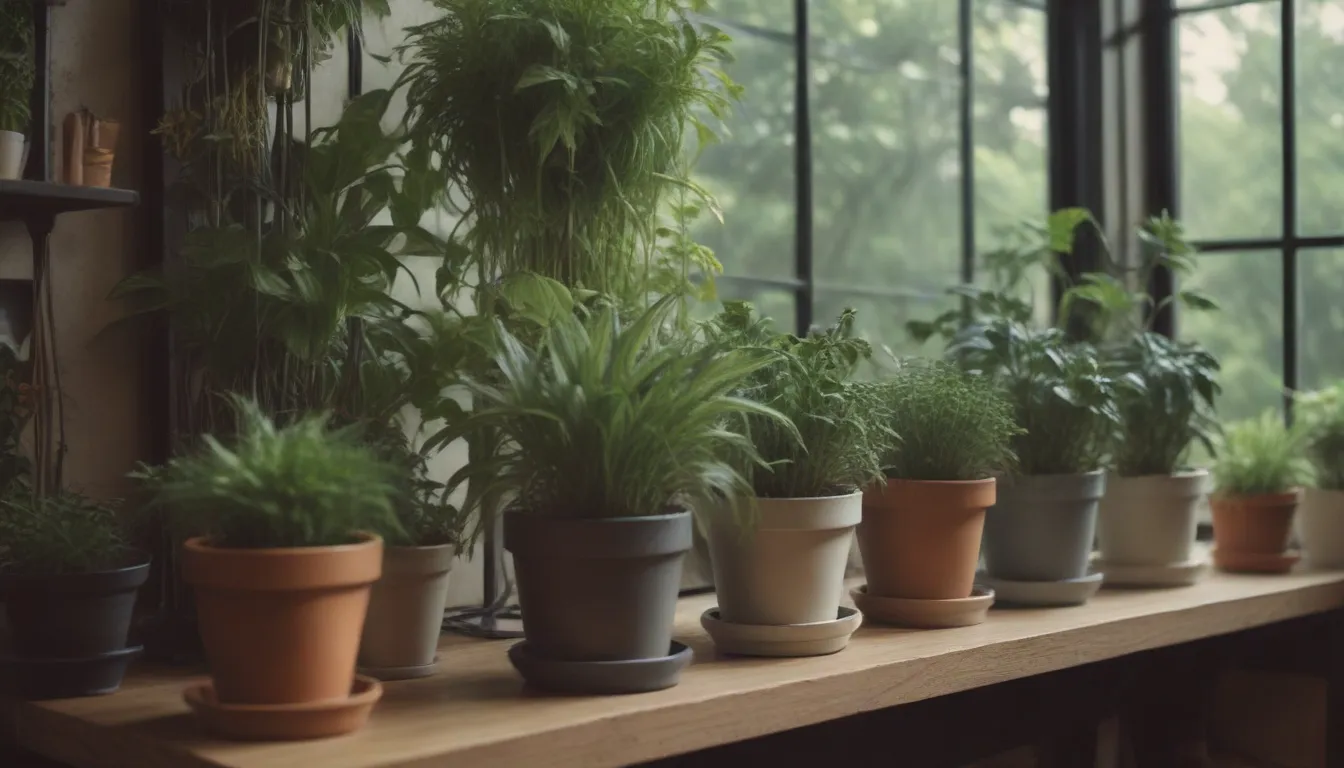
Are you interested in growing your own fresh veggies, herbs, or other plants but lack outdoor space? Indoor gardening might be the perfect solution for you. Whether you live in an apartment, have unworkable outdoor soil, or simply want to avoid the hassle of managing weeds and pests, creating an indoor gardening system can provide you with endless plant possibilities.
Indoor gardening allows you to cultivate a variety of plants inside your home that you would typically grow outside. With the ability to control temperatures and other growing conditions, you can enjoy fresh produce, herbs, and tropical plants year-round, regardless of the outdoor climate. In this comprehensive guide, we will explore everything you need to know to create a successful indoor gardening system.
What Is Indoor Gardening?
Indoor gardening involves growing a selection of plants inside your home that are traditionally grown outdoors. This practice allows you to access a wide range of plants, including veggies, herbs, and tropical species, regardless of the season. By creating an indoor garden, you can enjoy the benefits of fresh produce and greenery right in your living space.
Plants for Indoor Gardening
When it comes to indoor gardening, some plants are better suited for growing indoors than others. Here are a few plant categories that thrive in indoor environments:
- Veggies
- Herbs
- Low-light plants
- Humidity-loving plants
Choosing plants that are well-suited for indoor cultivation is essential for the success of your indoor gardening system.
Common Types of Indoor Gardening Systems
There are several types of indoor gardening systems to choose from, depending on your preferences and needs. Each system offers unique advantages and is suitable for different types of plants. Here are some common indoor gardening systems to consider:
Soil-Based Systems
- Allows you to grow plants in containers with potting mixes.
- Economical and straightforward, ideal for herb gardens or tropical plants.
Hydroponic Systems
- Plants are grown in water with essential nutrients.
- Produces fast-growing, healthy plants and conserves water.
Aquaponic Systems
- Similar to hydroponics but includes live fish for added nutrients.
- Ideal for leafy greens and plants that thrive in a wet environment.
Aeroponic Systems
- Sprays nutrient-infused water on plant roots for maximum nutrient absorption.
- Promotes fast-growing, high-yield plants but can be challenging to set up.
Terrariums
- Ideal for humidity-loving plants in a compact space.
- Low-maintenance and visually appealing.
Living Walls
- Creates a vertical plant wall for small spaces or aesthetic purposes.
- Choose plants with similar care requirements for easy maintenance.
Using these indoor gardening systems, you can create a thriving garden inside your home, regardless of the available space.
Tip: Consider investing in plug-and-go indoor gardening systems that offer convenient features such as auto-timers, grow lights, and self-watering capabilities. These kits are easy to assemble and provide everything you need to start your indoor garden.
Indoor Garden Plant Care
Taking care of your indoor garden plants is crucial for their health and growth. Here are some essential tips to consider when caring for your indoor plants:
Light
- Position your plants based on their light requirements.
- Consider using grow lights for sun-loving plants or in low-light environments.
- Keep shade-loving plants away from direct sunlight.
Soil
- Use a loose, well-drained potting mix for your plants.
- Customize the mix based on the plant’s needs.
- Avoid compacted soil that may hinder root growth.
Water
- Be mindful of each plant’s watering needs.
- Avoid overwatering, a common issue in indoor gardens.
- Use room temperature water to prevent shocking your plants.
Fertilizer
- Provide your plants with enough nutrients for long-term success.
- Consider slow-release fertilizers for sustained growth.
- Replenish nutrients as needed to support plant health.
Temperature and Humidity
- Control the indoor environment to promote plant growth.
- Maintain ideal humidity levels for your plants.
- Use humidifiers or indoor greenhouses to adjust humidity as needed.
Repotting
- Repot your plants annually or when they are root-bound.
- Use pots that allow for future growth.
- Ensure proper pot size to support plant health and development.
By following these plant care tips, you can create a thriving indoor garden that provides you with a bountiful harvest and greenery year-round.
With the information provided in this guide, you can embark on your indoor gardening journey with confidence. Whether you choose a soil-based system, hydroponics, or terrariums, there are endless possibilities for cultivating a flourishing indoor garden. Start your indoor gardening adventure today and enjoy the benefits of fresh produce, herbs, and plants right in your own home.
